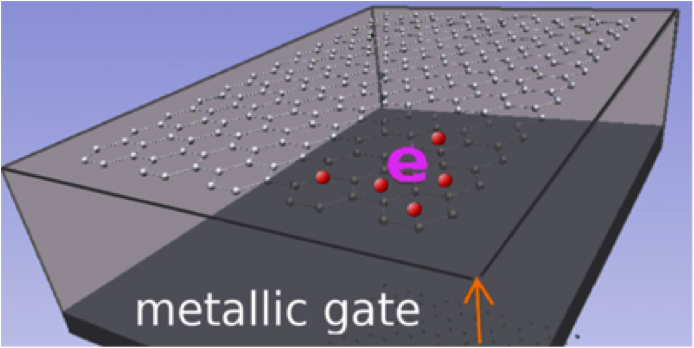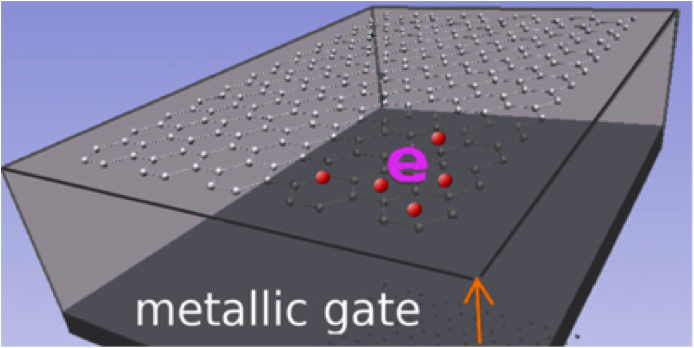Liquid at the Edge of Graphene
In condensed matter systems, topology often gives rise to gapless excitations at the edge (in 2D) or the surface (in 3D). Such excitations in the 2D fractional quantum Hall state should manifest in the edge behaving as a Luttinger liquid, in which tunneling is determined by a universal power law related to an attribute—the filling factor—of the magnetic flux through, and the number of electrons in, the 2D state.
However, no such behavior has yet been observed at the edges of 2D semiconductor heterostructures, the most-studied quantum Hall systems. Theorists say that in these systems the conflicting interplay between the confinement potential, attracting each electron towards the center, and the Coulomb force, pushing them apart from each other, modifies the edge itself. This process—edge reconstruction—disturbs the universal Luttinger liquid picture in the experimentally accessible distance scales.
In a paper in Physical Review Letters, Zi-Xiang Hu, at Princeton University, and his colleagues tell us that we may, after all, be able to see chiral Luttinger behavior in another system in which fractional quantum Hall effect has been observed—graphene. In graphene, electrons are confined by metallic gates that are placed a specific distance away. By contrast, in semiconductors, electrons are confined by dopants. This one difference should make graphene less susceptible to edge reconstruction and reveal the fractional quantum Hall state. The authors say that experimentalists should therefore finally see the elusive universal edge behavior in the experimentally accessible state with filling factor . – Sami Mitra





